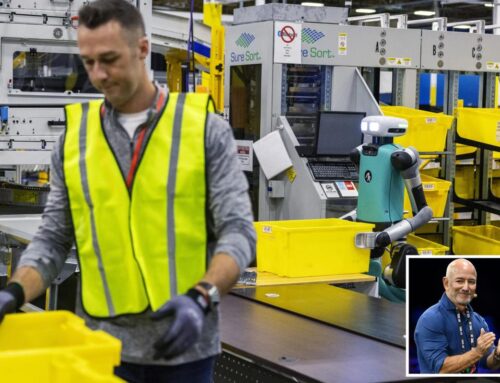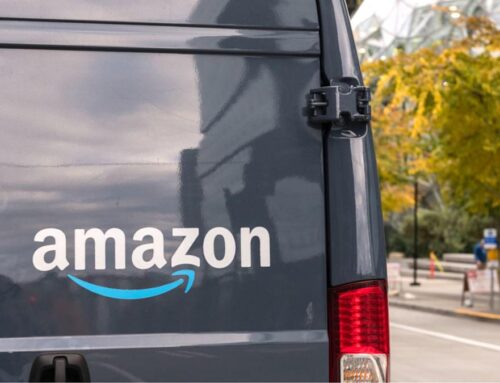The Guardian view on the cloud crash: an outage that showed who really runs the internet
October 22, 2025
An outage at Amazon Web Services (AWS) on Monday disrupted apps and websites around the world, affecting more than 2,000 companies and leaving millions of users unable to access services like Snapchat, Roblox, Signal, Duolingo and even Amazon’s own operations. Removing the tech from our tech-dependent existence led to workers being sent home and exams delayed. The crash, which lasted 15 hours, underlined how deeply our digital lives depend on a small number of cloud providers – and how vulnerable many everyday systems are to a single failure.
If data is the new oil, then cloud computing is the pipeline, the refinery, the tanker fleet and, increasingly, the pump too. The big three – AWS, Microsoft Azure and Google Cloud – account for 60% of global cloud computing. They own the networks and cables that move data across the world. Their platforms don’t just turn data into useful insights – they do it with proprietary tools that make switching providers costly and complex. Finally, through Amazon’s Alexa, Google Workspace and Microsoft 365, they are also shaping how people interact with data and services.
It’s easy to forget that all the information processing has to happen in buildings full of servers connected to the internet via fibre-optic cables. Amazon’s biggest and most critical cloud region, known as US-EAST-1, is located in northern Virginia and is home to 70% of the world’s internet traffic. Virginia’s role in web traffic is comparable to the strait of Hormuz for oil tankers – a narrow choke point through which vital commerce flows. It is vulnerable not only to technical error but to cyber-attacks, geopolitical sabotage and terrorism. This was the cluster’s third major outage in five years, each leading to an internet meltdown.
In a paper for University College London, Francesca Bria, Paul Timmers and Fausto Gernone warn that cloud computing is the power grid of the 21st-century economy. Europe’s public services, industrial innovation and AI ambitions are increasingly built on a digital backbone it does not own, regulate or even fully understand. In that respect, this week’s outage is no technical blip. It is a warning shot.
The authors recommend scaling up sovereign cloud infrastructure, diversifying hardware supply chains and developing proprietary standards. It is hard to argue that Europe and the UK do otherwise: continuing in this vein risks the continent becoming a colony in the US’s – or China’s – digital empire. Nations are acting already. India and Brazil are prioritising development of public digital systems to reduce reliance on foreign cloud providers. Germany and France have pushed Gaia-X, a European framework for secure cloud services. The supermarket Lidl is building its own cloud tech. Troublingly, Britain has no coherent cloud strategy, leaving its systems dominated by AWS and Microsoft.
In a debate organised by UCL this summer, Mike Bracken, who used to run the UK’s Government Digital Service, pushed back against ownership being a problem. By adopting open standards, he argued, Britain could gain all the advantages of cloud computing without having to reinvent the wheel. But this risks underplaying the strategic vulnerabilities that come from becoming dependent on private, foreign-owned cloud giants. Sovereignty isn’t just the right to choose policy. It’s the power to execute it without asking for permission. True resilience means not relying on foreign servers to keep passengers flying, NHS hospitals running, banking apps working – and government services online.
Search
RECENT PRESS RELEASES
Related Post


